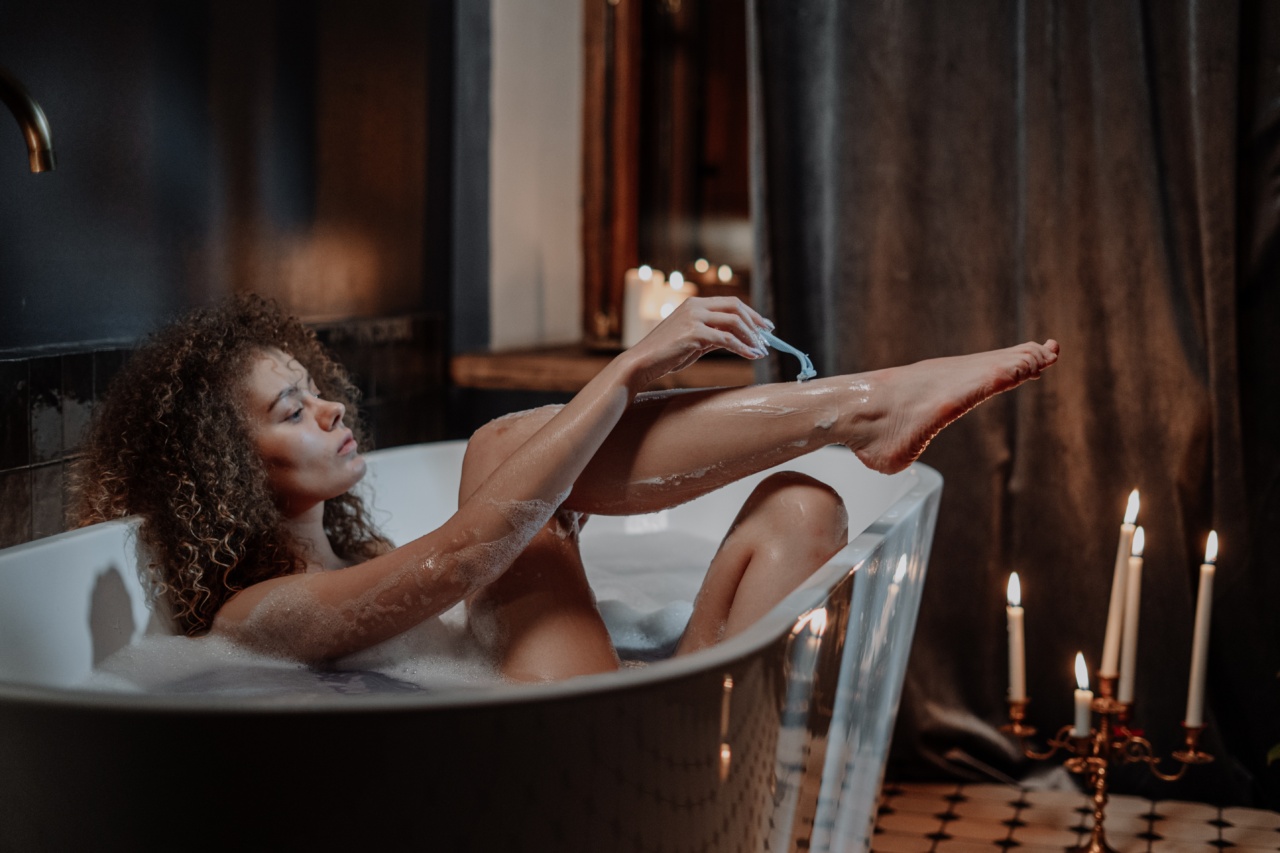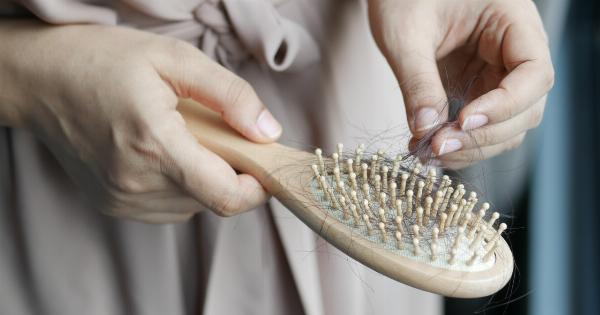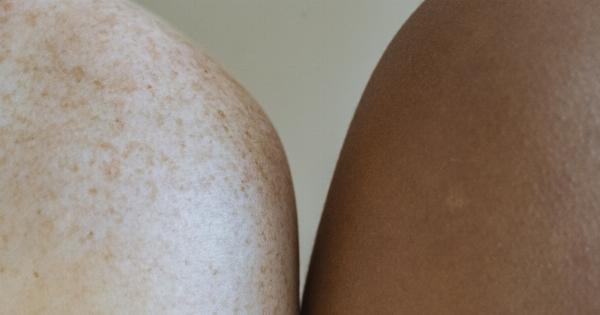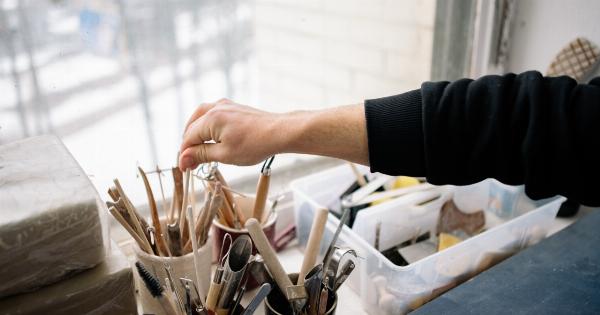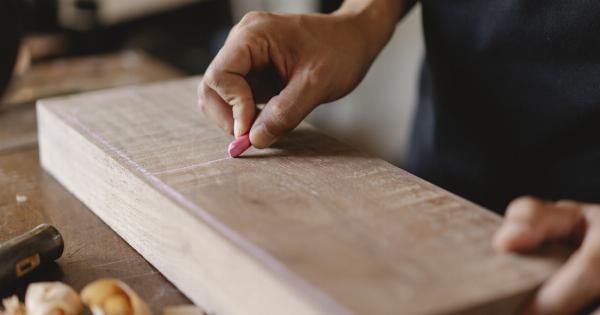When it comes to hair removal, there are various methods available, and one of the most popular and convenient options is using a razor. Razors have been a staple in grooming routines for both men and women for centuries.
While they are primarily associated with shaving, razors actually have multiple applications beyond just epilation. In this article, we will explore the different uses and benefits of razors, as well as provide some tips for a smooth and safe shaving experience.
Razors for Shaving
Shaving is undoubtedly the most common use for razors. Whether it’s removing facial hair for men or achieving smooth legs for women, razors offer a quick and effective solution.
There are two main types of razors used for shaving: cartridge razors and safety razors.
Cartridge Razors
Cartridge razors are widely available, affordable, and easy to use. They typically have multiple blades stacked on top of each other, which allows for a closer shave with fewer passes.
The cartridges can be replaced once they become dull, making maintenance hassle-free. However, some people find cartridge razors less precise and tend to experience more skin irritation compared to safety razors.
Safety Razors
Safety razors, on the other hand, have a single blade that provides a close shave without applying excessive pressure on the skin. While they require a bit more skill and control, safety razors offer a superior shaving experience for many users.
They are known for reducing razor burns, ingrown hairs, and skin irritation. Additionally, safety razors are more sustainable as the blades can be easily replaced and are usually made of stainless steel.
Other Uses for Razors
Besides shaving, razors have various additional applications. Let’s take a look at some other ways razors can come in handy:.
1. Grooming Facial Hair
Men who prefer to maintain neat facial hair can use razors to shape their beards, mustaches, or sideburns. Razors provide precise control, allowing them to achieve the desired look effortlessly.
2. Removing Body Hair
While razors are commonly associated with shaving legs, they can also be used to remove hair from other parts of the body. This includes areas such as the arms, underarms, chest, and back, among others.
Many individuals prefer razors for these areas as they offer convenience and affordability.
3. Trimming Eyebrows
Using a razor to shape and trim eyebrows has gained popularity in recent years. It provides a smooth and precise result, allowing for precise control over the brow shape.
However, it’s important to exercise caution and use a clean, sharp razor to avoid any mishaps.
4. Sculpting Hair Designs
For those looking for a more creative approach, razors can also be used to create unique hair designs. Barbers and hairstylists often employ razors to add texture, layers, or intricate patterns to their clients’ hair.
This technique can result in stunning and personalized hairstyles.
Tips for a Smooth and Safe Shaving Experience
To ensure a smooth and safe shaving experience, consider the following tips:.
1. Preparation
Before shaving, it’s essential to prepare the skin and hair. Start by taking a warm shower or applying a warm towel to the desired area.
This will help soften the hair and open up the pores, making the shaving process easier and less likely to cause irritation.
2. Exfoliation
Exfoliating before shaving helps remove dead skin cells and allows for a closer shave. Gently scrub the skin with a mild exfoliating product or a washcloth to smoothen the surface.
3. Lubrication
Using shaving cream, gel, or foam is crucial as it creates a protective barrier between the razor and the skin. This reduces friction, prevents razor burn, and moisturizes the skin. Make sure to choose a product suitable for your skin type.
4. Optimal Technique
When holding the razor, apply gentle pressure and use short strokes in the direction of hair growth. Avoid going against the grain, as this increases the risk of cuts and skin irritation. Rinse the blade frequently to remove hair and product buildup.
5. Moisturization
After shaving, rinse the area with cool water to close the pores and pat it dry. Follow up with a moisturizer or aftershave balm to soothe and hydrate the skin.
Avoid using products with harsh chemicals or fragrances, as they can cause further irritation.
Conclusion
Razors are versatile tools that offer much more than just epilation. Whether for shaving, grooming facial hair, or creating unique hair designs, razors are a convenient and accessible option for personal care.
By following proper techniques and taking adequate precautions, you can achieve a smooth and safe shaving experience.
